It must not come as a surprise to those with a keen interest in history and anthropology, that the word ‘lost’ and ‘damage’ do not carry the same meanings all around the world, especially in the eastern traditions. The Japanese art of ‘Kintsugi’ celebrates the notion of damage by focussing on the repair of the damaged or broken pottery by stitching the pieces together with mixed powdered gold, lacquer dusted gold, silver and/or platinum. This method is very much similar to the maki-e technique of repairing ceramics.
This is not just a mere tradition, it is rather a philosophy wherein the breakage is treated as just another part of the history of the object and repair of the damage isn’t carried out to disguise, rather illuminate the damage, a form of celebrating the minor setbacks.
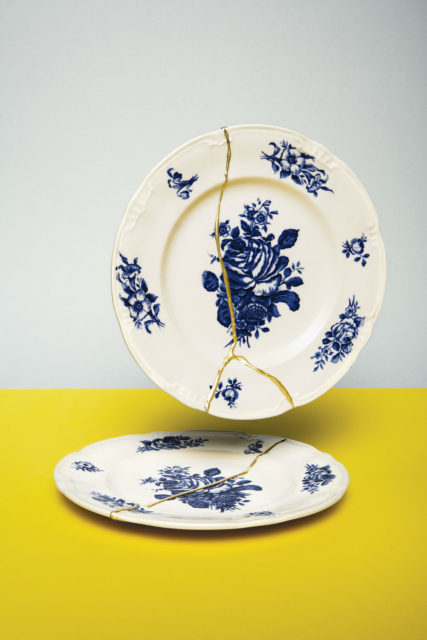
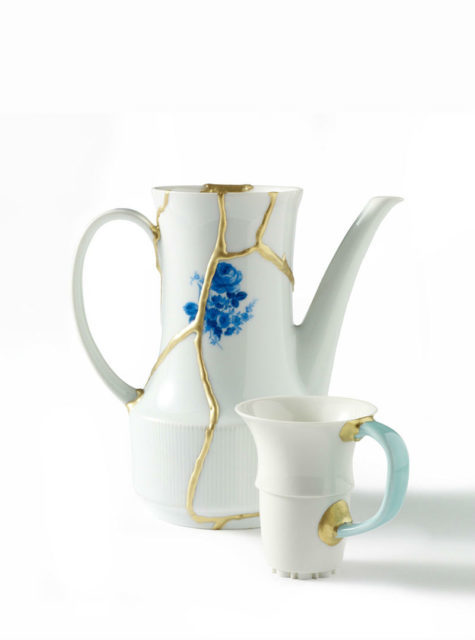
The use of lacquerware has always been a much-cherished Japanese tradition, and at some point, it may have been served as a part of maki-e technique in the replacement of other repair methods in the region. There is a theory explaining the origin of the kintsugi, which suggests that sometime in the 15th century, a Japanese shogun Ashikaga Yoshimasa sent a Chinese tea bowl to China which was broken into many pieces. Upon its return Japanese craftsmen found themselves in possession of a valuable bowl with ugly metal stitches.
This, according to the theory, must have prompted the aesthetic junky Japanese craftsmen to think of better and much more aesthetically pleasing methods of repair. Over time the collectors became immensely obsessed with the new art of beautiful repairs that some of them deliberately smashed valuable pottery just to add the gold seams of kintsugi to their collector’s items. Japanese tea ceremony of Chanoyu soon became associated with kintsugi ceramics, and the art slowly seeped into Japanese culture, never to leave again. The kintsugi art though stayed closely associated with Japanese craftsmanship. It nevertheless did manage to reach beyond Japanese boundaries and soon started appearing in other neighboring regions such as Korea, Vietnam, and China.
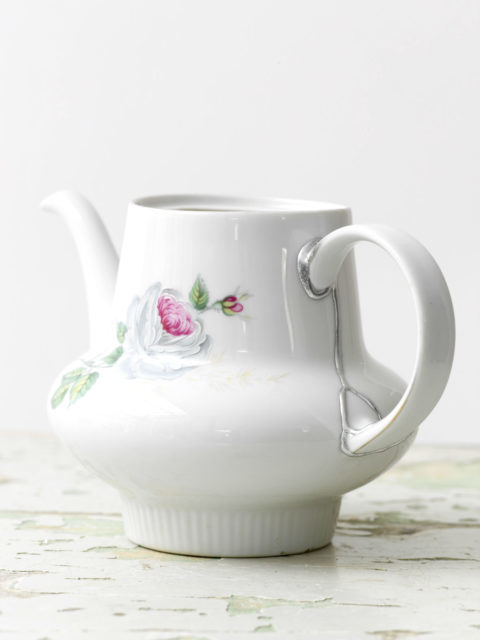


The philosophy of Kintsugi is far reaching and is much more revealing once probed beyond the simply ceramic repairing technique. It is believed to have many similarities to the Japanese philosophy of Wabi-Sabi: embracing for the imperfect and flawed. This philosophy suggests that an object once kept in the possession for extended periods of time deserves to be taken care of, in ways very similar to the way one takes care of living things around them.
The breakage or damage, in this case, is not treated as a justification to get rid of an object, rather it serves as a justification to repair the cracks and damage. The damage hence becomes a significant event in the life of the object and not the end of its existence. The human association gives meaning to its mere existence, thus demanding significant attention in terms of repairs and care.
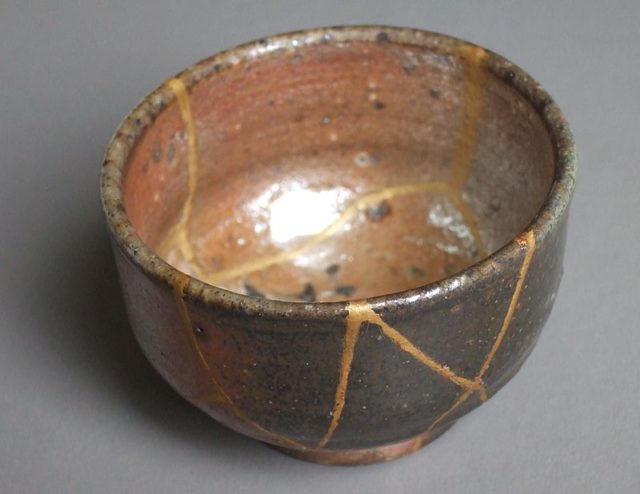
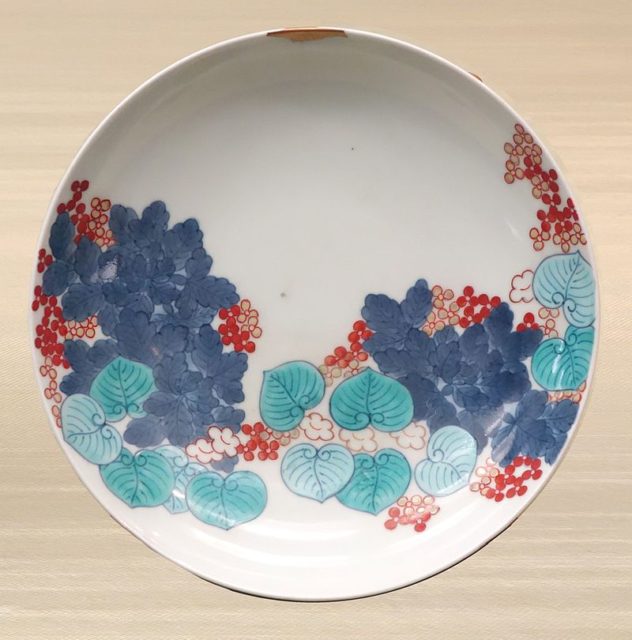
Another philosophy which is often spoken about in the same context as Kintsugi has to be the Japanese notion of ‘no mind’ wherein the concepts of fate, acceptance of change (be it positive or destructive) and the concepts of non-association are considered integral aspects of human life and existence.
The spirit of Mushin or ‘no-mind’ which is at the heart of Kintsugi is, therefore, a celebration of the damage, and a rejection of the widely-accepted idea of ‘negative damage’. Damage is so repaired and treated in such a way that the existence of the repair is literally illuminated to keep the event of change alive and meaningful.
